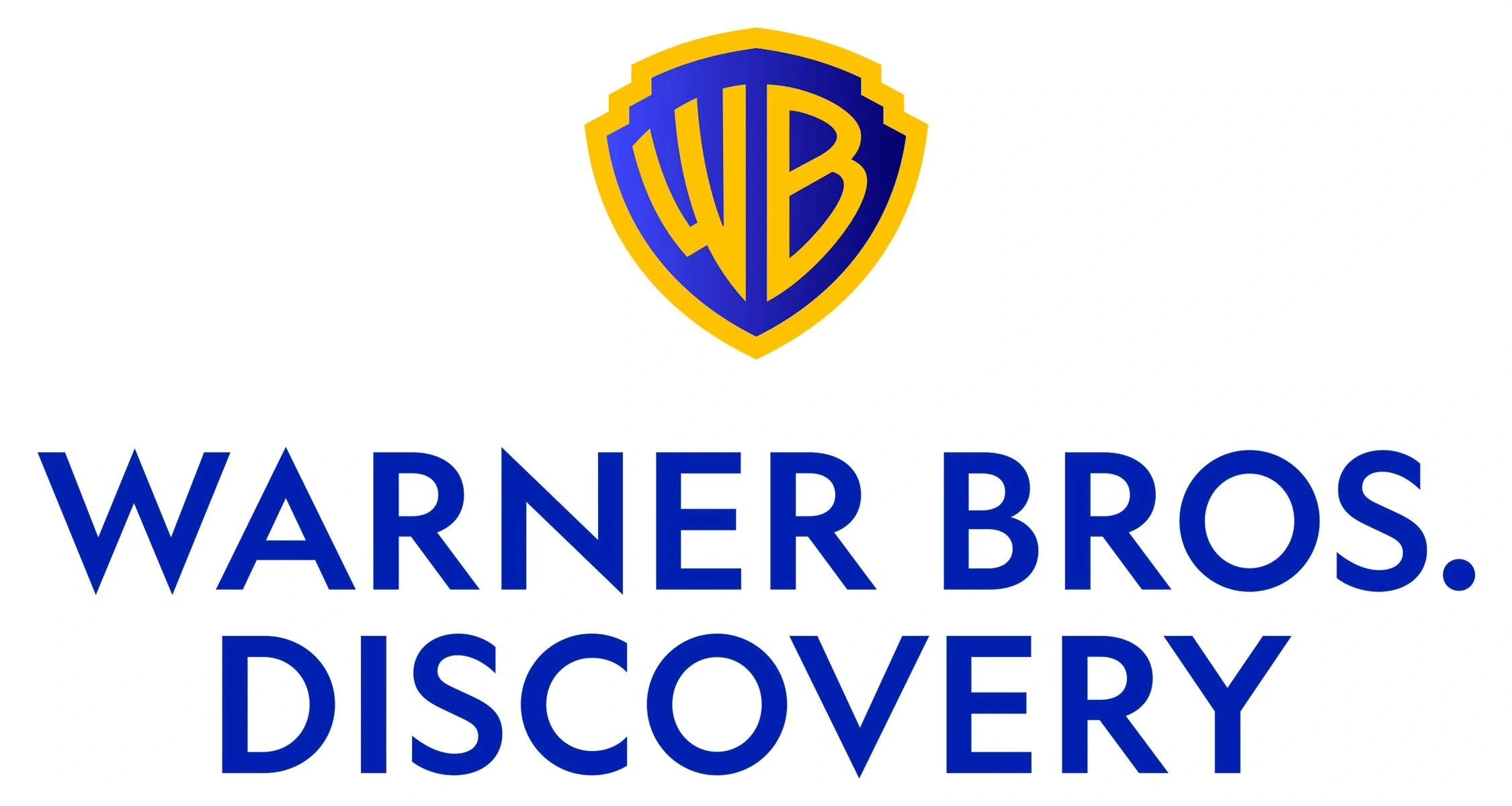WarnerBros. Discovery Execs Looking to Make Cuts Beyond CNN+
WarnerBros. Discovery Execs Looking to Make Cuts Beyond CNN+

Just a week after their new flagship streaming service HBO Max announced that they had hit 76.8 million subscribers in their final full quarter under the AT&T umbrella, on Tuesday, Discovery announced that discovery+ had climbed to 24 million direct-to-consumer subscribers in Q1 2022, meaning that the newly formed Warner Bros. Discovery has over 100 million streaming subscribers even after announcing the closure of CNN+.
In an investors’ call on Tuesday morning, WBD President and CEO David Zaslav and Senior EVP and CFO Gunnar Wiedenfels took questions from analysts about the newly combined company and what the future holds.
As he has many times before, Zaslav reiterated that he wants WBD to “be the world’s best storytellers with world-class products for consumers,” but continued to emphasize that the new company’s goal is not to win the spending war in streaming, but rather to provide “long-term shareholder value and asset value.”
That means that Zaslav and Wiedenfels will be looking to trim budgets when possible across the unified company. When talking about projects inherited from WarnerMedia, Wiedenfels said, “Right or wrong, management has made a decision to invest a lot of the incoming funds into a number of investment initiatives. As I’m looking under the hood here, CNN+ is just one example … There’s a lot of chunky investments that are lacking what I would view as a solid, analytical financial foundation and meeting the ROI hurdles that I would like to see for major investments.”
As “chunky” as it seemed to be — even from the outside — it’s no surprise that WBD unceremoniously shut down CNN+ last week, meaning that the streamer will end its run on April 30, just a little over one month after launch.
However, Zaslav indicated that there will very likely be even more cuts happening to WarnerMedia projects in the near future.
“We will clearly take swift and decisive action on certain items, as you saw last week with CNN+ while others will take time to formulate appropriate action plans,” he said. “We’ve detailed a $3 billion-plus cost synergy plan, and we’re already on our way with coordinated efforts from our transformation office as to the waves over which this will unfold.”
Neither executive indicated exactly what these potential cuts might be, or whether or not they would be as forward-facing as sunsetting CNN+, but it is clear that anything that is not making the company money is fair game.
Wiedenfels mentioned on multiple occasions that while WarnerMedia was generating $40 billion annually in revenue, because of their large expenditures, they were operating with essentially zero free cash flow. Zaslav made clear that while the Warner content will mostly remain unchanged, he believes that the company’s business will be dramatically enhanced because of how the Discovery team operates.
“Now we look at Warner generating $40 billion of revenue and almost no free cash flow,” he said. “And with all the great IP that they have, we bring this discipline and this focus on what are we investing in. Are we investing in assets … that are going to generate real return? Is this going to help our subscriber growth? Is this going to be helpful to us on our platforms?”
Due to the nature of the content coming from the Discovery side of this merger, there is no doubt that Zaslav and his team have a better track record of turning a profit on their productions. Much of what hits the airwaves from the lifestyle networks — especially in the unscripted genres — is very familiar and comforting to viewers in its repetitive and recognizable structure. However, the types of content coming from Warner are much more risky and expensive, as is the nature of prestige, scripted programming.
Whether or not Zaslav’s strict, rigid approach to economical storytelling will work for the non-Discovery branches of WBD is yet to be seen, but it will almost certainly change the way that HBO and HBO Max operate in the future.
